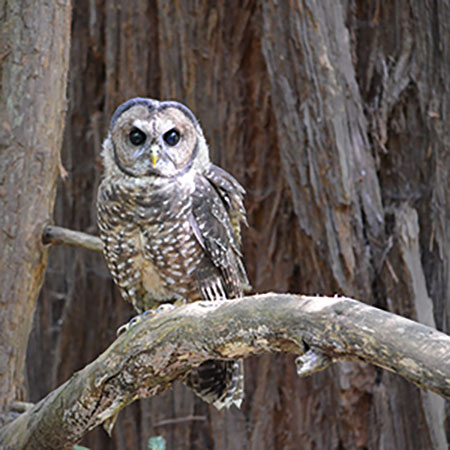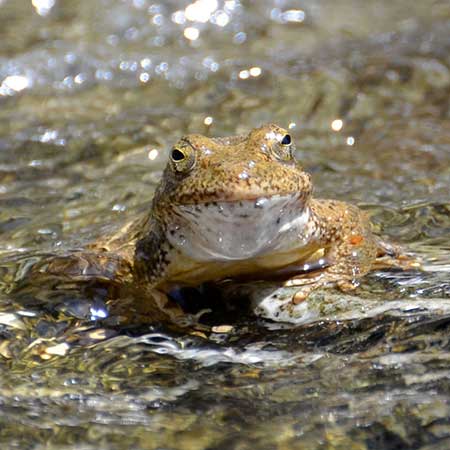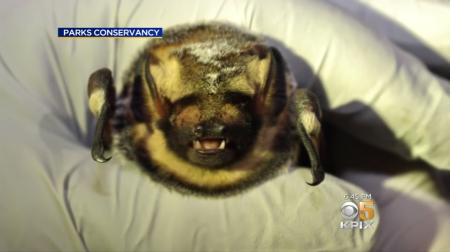Wildlife
Reptiles & Amphibians
Amphibians and some reptiles are similarly responsive to aquatic habitat conditions.
Mt. Tam is home to many native animal species, including at least 35 mammals, 184 birds, 11 fish, and 25 amphibians and reptiles. Wildlife are found in every habitat type on the mountain, where they may be grazers, predators, prey—or play some combination of these key ecosystem roles. Changes in their abundance or distribution across the landscape can indicate the effects ecological stressors like climate change, invasive species, and human disturbance.
| Wildlife | Condition & Trend | Confidence | |
|---|---|---|---|
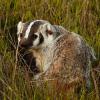 |
American Badger |
Unknown | |
 |
Birds |
High | |
 |
California Red-legged Frog |
Moderate | |
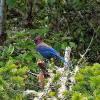 |
Climate-vulnerable Birds |
High | |
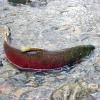 |
Coho Salmon in Lagunitas Creek |
Moderate | |
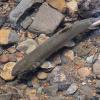 |
Coho Salmon in Redwood Creek |
Moderate | |
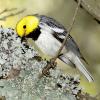 |
Conifer Forest Birds |
High | |
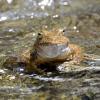 |
Foothill Yellow-legged Frog |
High | |
 |
Grassland Birds |
Unknown | |
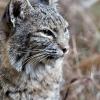 |
Mammals |
Moderate | |
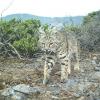 |
Native Mammal Diversity |
Moderate | |
 |
North American River Otter |
Moderate | |
 |
Northern Spotted Owl |
Moderate | |
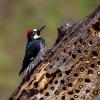 |
Oak Woodland Birds |
High | |
 |
Osprey |
Moderate | |
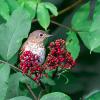 |
Riparian Birds |
High | |
 |
Shrubland Birds |
High | |
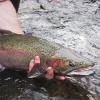 |
Steelhead Trout |
Moderate | |
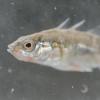 |
Threespine Stickleback (2016) |
Low | |
 |
Northwestern Pond Turtle |
High |

